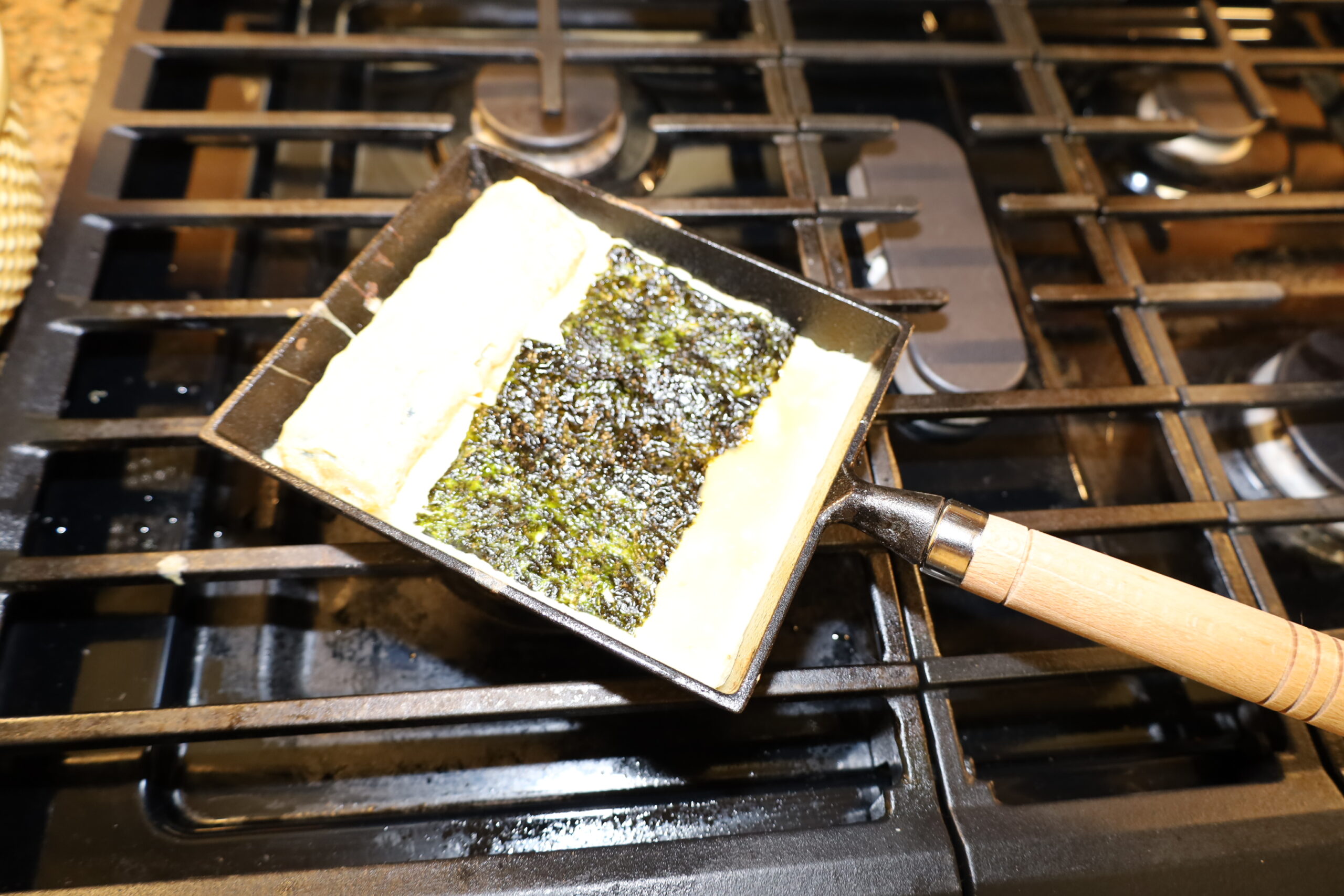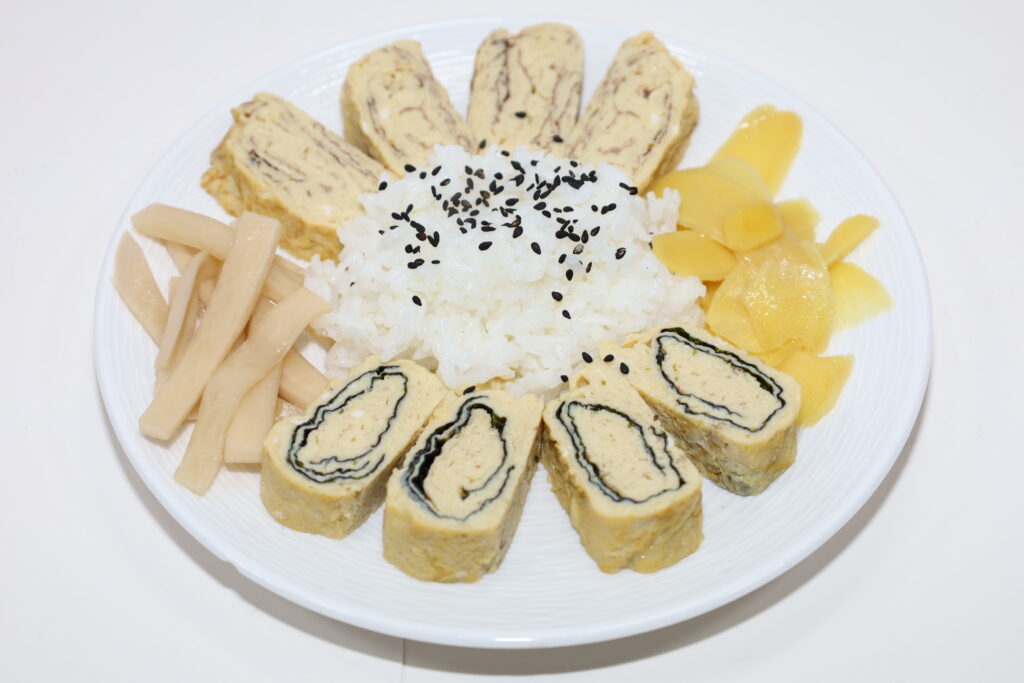Years ago, when I was studying martial arts, I developed a deep interest in Japan, it’s history, language and food. I even studied Japanese for about 7 years. I remember thinking I was pretty hot speaking Japanese and the first time I arrived at Norita airport, I asked a worker there where the bus was for downtown Tokyo. He looked at me as though I was speaking some Martian. The good lord always gives me a whack when I get a little puffed up.
I have always loved Japanese food and am in heaven when in Japan. I once had the privilege of having Ramen at a true Ramen house in Osaka. There each patron had their own little cubby, walled off from those on each side. The goal was to focus you on the Ramen. If you wanted more noodles or more broth, there were two buttons in front of you and a curtain. You pressed the button, they delivered what you wanted without words and closed the curtain. It was without doubt the greatest Ramen I have ever had in my life.
Every time I go to Japan I have Fugu. If, and when, you travel there, this is a must. The experience is totally Japanese! But make sure you go to a high quality Fugu restaurant, and Tokyo is probably the place to find such places.
Here I describe for you a very different dish. Tamagoyaki is usually served for breakfast, however you may be familiar with the sushi that contains sushi rice and a “slice” of egg on top, sometimes with a wrap of nori around, this is also “tamago-yaki”. Customers who are connoisseur’s of sushi will order tamago sushi and test to see if the chef is high quality (I am not one of those).
In Japan after the war protein malnutrition intake was a problem. In 1950 the government suggested that all people increase their protein intake and eggs were just the thing to help in this endeavor. So tamagoyaki was born.
In Japanese Tamago means egg and Yaki means grill. There are numerous versions of the tamagoyaki: Atsuyaki Tamago (thicker rolled egg and easier to make), Dashimaki tamago (includes dashi as does the recipe that follows), usuyaki-tamago, kinshi-tamago, iri-tamago and datemake. Some of these terms are interchangeable, depending on where you are in the US or Japan. The difference in these is due to thickness of the eggs and ingredients. You can layer nori on the layers of egg as I have done below and show in the pictures above.
Additionally, recipes can also layer various vegetables, fish and meat with the egg layers. Usually, these additional ingredients are used sparingly. Although undoubtedly not classical, I suggest you try this and add things you think would be well received by family and friends, bacon chopped up into small pieces, zucchini diced, other vegetables, perhaps even anchovies (https://wrapitupfood.com/an-anchiove-adventure/).

The steps in making Tamago-yaki are seen below (please forgive the overexposed photos). Once you do a few of these it will make lots of sense, especially if you are using a Tamago-yaki pan. This particular pan works very well, and is only moderatly priced. I highly recommend, however the principles apply in a round pan as well. If you are using a round pan, use a round non-stick, carbon steel or cast iron pan that is about 7-8 inches in diameter and just apply the same approach. But the Tamago-yaki pan works so much better in my opinion.




Cook and roll up the second layer.

Tamago-yaki
Equipment
- 1 Tamago-yaki pan Although this dish can be made in a round pan, it is much easier and has better results with the traditional Tamago-yaki pan. I use this pan, it works very well – https://www.amazon.com/dp/B07TDRMK4S?psc=1&ref=ppx_yo2_dt_b_product_details
Ingredients
Eggs Mixture
- 8 large eggs
- ⅔ cup Dashi You can obtain instant dashi, or make your own from stratch. It is easy, but if you are not having Japanese food regularly, getting the instant satisfies what you need here. I have used a couple of different types, but find this one to be quit good – https://www.amazon.com/dp/B07R2KXLNL?psc=1&ref=ppx_yo2_dt_b_product_details
- ½ tsp sea salt
- 1 TBSP Mirin
- 1 TBSP Soy Sauce Some recipes suggest "light" soy sauce, but I use regular soy sauce.
Instructions
Egg Mixture
- Break the eggs into a bowl and whisk. I do this just as though I was making a regular french omlet.
- Add the Dashi, salt, mirin, and soy sauce to a small bowl and whisk well.
- Add the eggs to the Dashi mixture and whisk until all combined.
Assembly and cooking
- Place Peanut oil or equivalent in a small bowl. Take a paper towel and fold up into a small square. Using tongs, whipe the Tamago-yaki pan* before adding each egg layer. You can use a regular round non stick pan as well. It will be a different shape and you will have longer edges to trim.
- Set the heat on medium low, or lower. You don't want these to be too brown. I like a little brown color, but classically, these are cooked over lower heat, keeping the yellow egg color.
- Oil the Tamago-yaki pan, and usina a 2 ounce ladel, pour in the egg mixture rolling the pan so the egg mixture is uniform and covers the bottom of the pan.
- When the layer is almost cooked, carefully roll up the egg layer. This first layer us usually not very uniform or "pretty", but you will cover it with other layers.
- Move the first rolled layer to the front of the Tamago-pan and pour a second layer. Lift the previous layer so the liquid egg goes under it, adhering it so all can be rolled again.
- Roll up the second layer, as you did the first.
- Do a third and fourth layer as you did the previous two. In the Tamago-yaki pan, the final roll will fill the side of the pan, it will make sense that you don't need another layer. These end up being about 2 inches across and about 1 inch high.
- Remove from the pan and do the next roll. This recipe will do about 3 ½ rolls.
- Serve with rice pickled ginger, pickled diakon, shredded diakon (with a dash of soy sauce), bacon, salad, whatever you wish. I shake some black sesame seeds on rice I place on the side of this disu. These can be served either hot, room temperature or even cold. The taste is different at each temperature, but still good.
- You can make sushi rice, and serve Tamago sushi, or just a bowl of sushi rice on the sice.
Notes
The following picture is of plain Tamago-yaki, Nori Tamago-yaki, rice (with black sesame seeds sprinkled), pickled diakon and pickled ginger. It makes a great breakfast.

Tamago-yaki is almost always sliced. As you can see from the picture above they are sliced in 1/2 to 3/4 inch pieces. These can be served as above, placed on a bowl of sushi rice, or served with bacon and potatoes.








